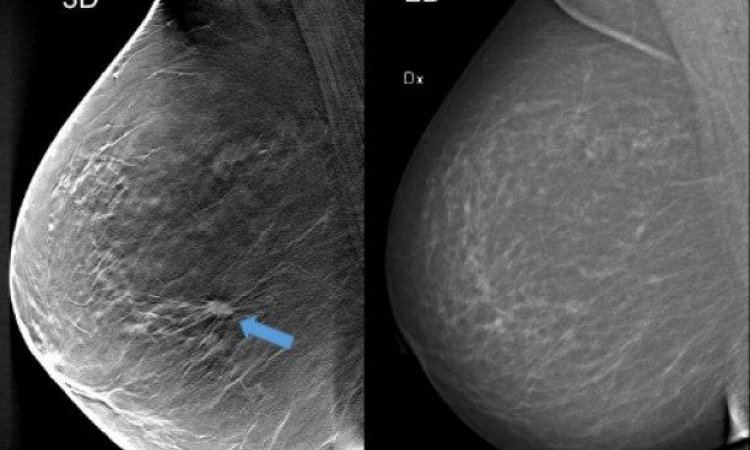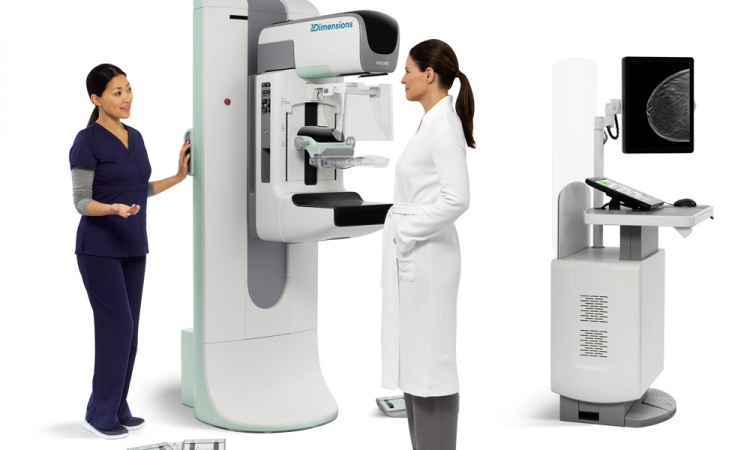Breast tomosynthesis helps small radiology center compete and grow
Dr. Paula Martínez Miravete didn’t set out to change breast imaging in Spain when she first adopted breast tomosynthesis.


The sole radiologist at a small diagnostic imaging center in Zaragoza, Spain, Dr. Martínez Miravete was looking for new imaging technologies that would help find breast cancer earlier, when it was more treatable, and save women the anxiety of unnecessary recalls.
“I am the only radiologist in my practice and I began questioning my ability to make good diagnoses based on the analog mammography images I was reading. I decided I needed a new technology to give me more confidence in my diagnoses,” notes Dr. Martínez Miravete.
The first time she saw tomosynthesis in practice, she knew it was the answer. In 2011, Dr. Martínez Miravete installed the Hologic Selenia® Dimensions® breast tomosynthesis system, becoming just the second radiologist in Spain to adopt the technology.
A Leading Advocate for Early Detection
“We do not have a technique that can diagnose 100% of breast cancers, which is what we aspire to do,” says Dr. Martínez Miravete. “But tomosynthesis can help diagnose smaller lesions and I believe it is of fundamental help for the radiologist and for early diagnosis, which is what we are looking for.”
Today, Dr. Martínez Miravete is a frequent speaker at radiology conferences in Spain and is regularly asked to share her experiences with radiologists thinking about making the transition to tomosynthesis.
“After performing 5,700 mammograms with tomosynthesis we saw a 33% increase in sensitivity,” states Dr. Martínez Miravete. “I have made many more diagnoses than I would with conventional mammography. We are finding small lesions in women with dense breasts and implants as well as malignant pathology in younger women that we would not have seen before. These are the cancers we need to find, the ones that can hide and grow and threaten a woman’s life.”
Making a Business Case for 3D
Dr. Martínez Miravete credits tomotynthesis with helping grow her practice. The small imaging center was competing against larger, more established radiology centers and radiologists who were initially skeptical of the benefits of the technology. “At first other radiologists said tomosynthesis was not proven, so I had to struggle a lot in that respect. But the patients and Gynaecologists soon realized that we were diagnosing cancer earlier when it is smaller and the treatment is less aggressive.”
“For me, tomosynthesis sells itself,” concludes Dr. Martínez Miravete. “News of the 3D technology is spreading through Spain by word of mouth, and more women are coming to my center because of it.”
“I use tomosynthesis because I work alone. I don’t have a colleague I can ask to look at something I think might be troublesome, so I need a technology that helps me find things I might miss. If I help even a single woman or find even one additional lesion it is very important to me, it is an achievement.”
14.04.2013











